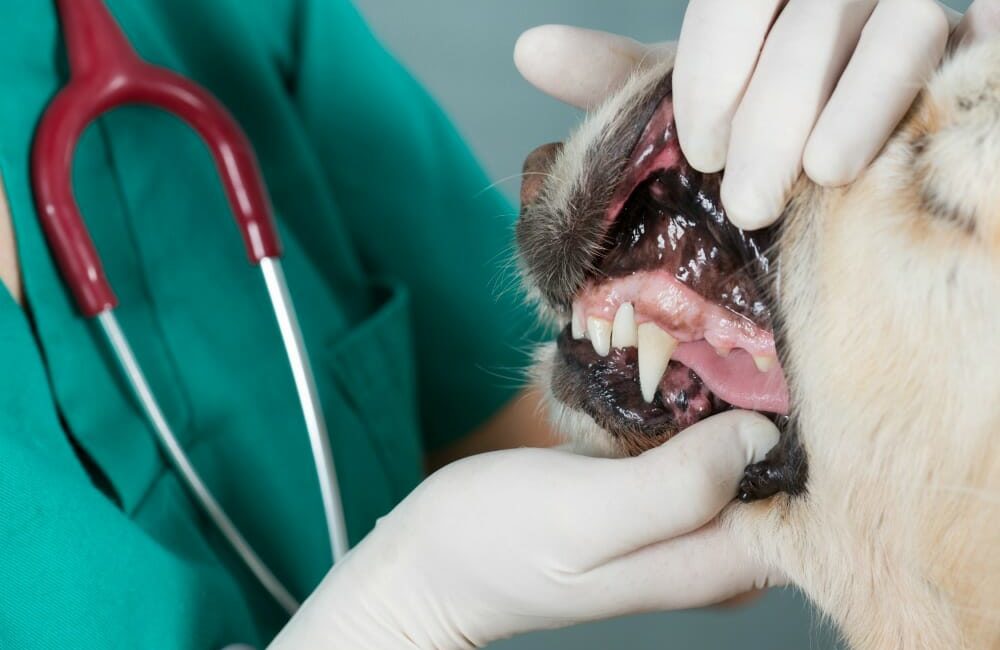“Every tooth forms inside of a “dental sac.” As part of the eruption process, the dental sac makes fluid, the acceleration of which creates an outward expansion, which pushes bone aside. It helps the tooth to the dorsal alveolar ridge and erupt once the tooth has erupted the dental sac breaks down and disappears. Failure of the tooth to form normally, displacement from its proper position, or an impediment to eruption can result in continuous fluid production into the dental sac, and a radiolucent defect within the alveolar bone develops. It is known as a dentigerous cyst. The cyst can be very expansive and damage neighbouring teeth. Surgical excision with curettage to remove the cyst lining is curative.”
As described by Judy Rochette, DVM, who is a Fellow of the Academy of Veterinary Dentistry and a diplomat of the American Veterinary Dental College.
If your pet is brought in to Hillcrest Animal Hospital for a spay or neuter, we will always count the teeth to ensure all have erupted. If there are missing teeth, we will contact you to do a dental radiograph to ensure the tooth is in fact, missing. If it is present under the gumline, we will recommend removing the unerupted tooth thereby preventing a dentigerous cyst from damaging other teeth in the jaw, weakening the jaw or even breaking the jaw in the future.
Written by: Darlene Cannon, RVT




